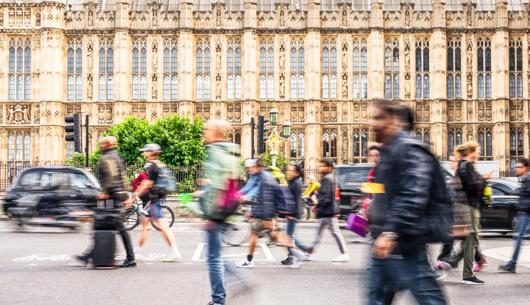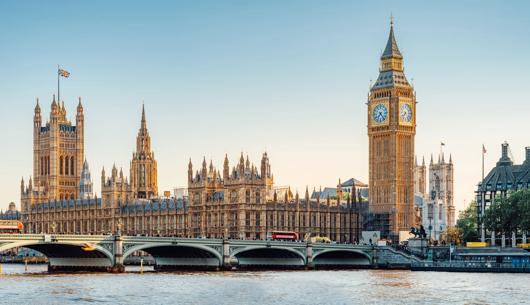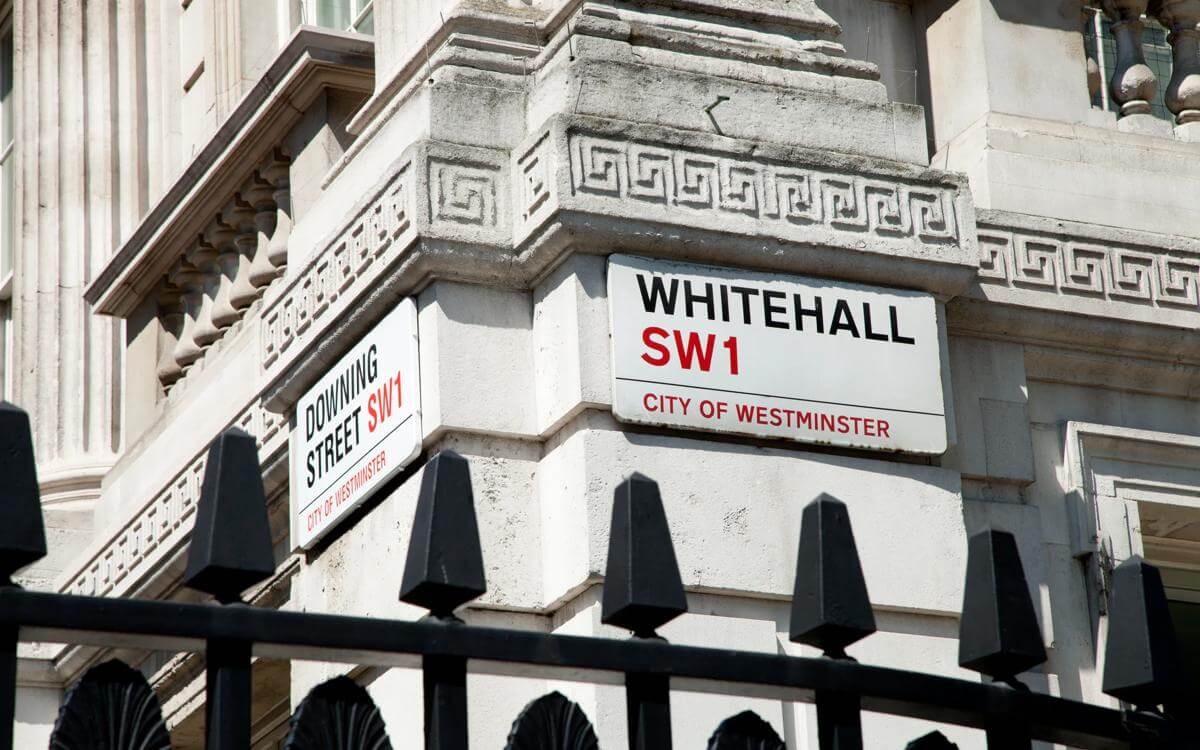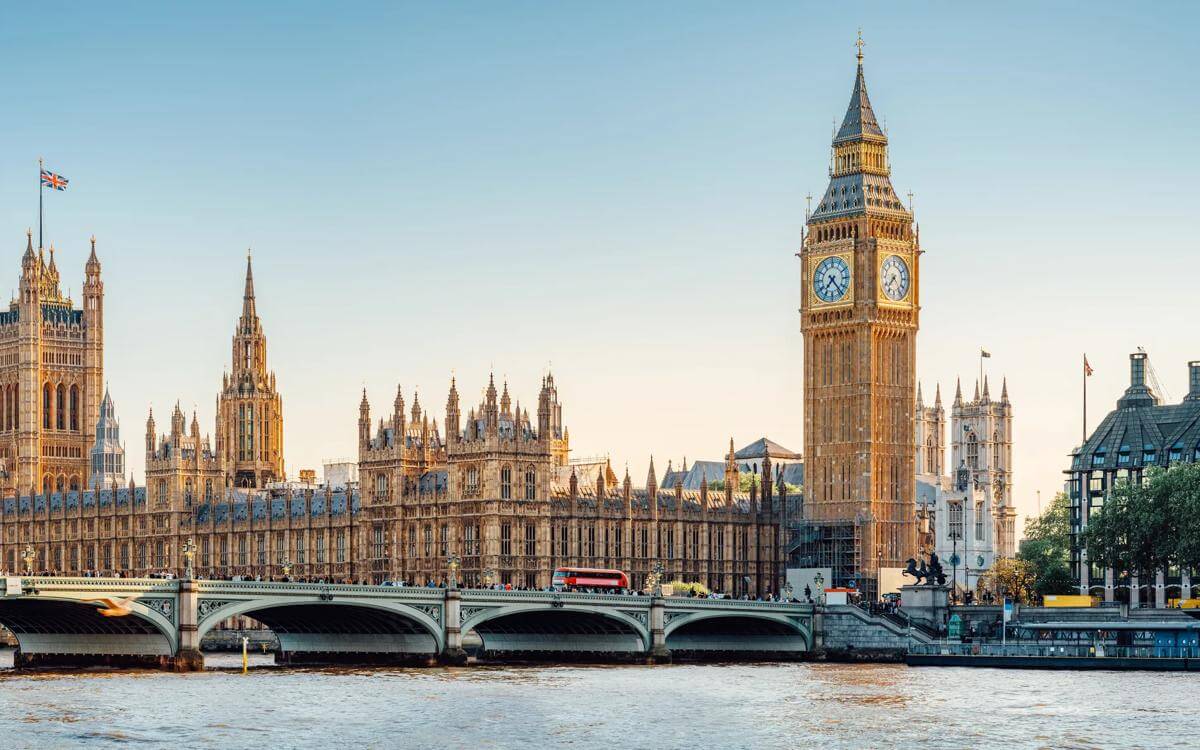Subsidies and Schemes of Interest/Particular Interest – Consultation response published
The Government has recently published its response to the consultation on Subsidies and Schemes of Interest and of Particular Interest under the Subsidy Control Act 2022. In this article, our subsidy control experts discuss some of the key points coming out of the response, and their impact for public authorities.
The Government has recently published its response to the consultation on Subsidies and Schemes of Interest (SSoI) and of Particular Interest (SSoPI) under the Subsidy Control Act 2022 (Response). We discuss some of the key points coming out of the Response, and their impact for public authorities below.
By way of a refresher, SSoI and SSoPI are subsidies which are more likely to have a negative effect on domestic or international trade, competition, or investment, and which should be subject to a greater degree of scrutiny as a result.
By way of a refresher, SSoI and SSoPI are subsidies which are more likely to have a negative effect on domestic or international trade, competition, or investment, and which should be subject to a greater degree of scrutiny as a result.
SSoI may be referred to the Subsidy Advice Unit (SAU) operated by the Competition and Markets Authority (CMA) voluntarily by an authority wishing to make such a subsidy — there is no obligation on the public authority to make such a referral, and the SAU has a discretion over whether to accept the referral. SSoPI must be referred to the CMA before they can be granted. In each case (assuming that the SAU accepts a voluntary referral), the SAU will carry out an evaluation of the public authority’s analysis of the subsidy’s compliance with the Subsidy Principles and make non-binding recommendations as to ways in which the public authority’s assessment, or the design of the subsidy could be improved.
The Government undertook a public consultation on SSoIs and SSoPIs, which sought views on how such subsidies and schemes would be defined, and the draft regulations and guidance supporting this aspect of the new regime. Some minor changes have been made as a result of the consultation but broadly the approach set out in the draft regulations on SSOI/SSOPI published in January this year has been maintained.
What is an SSoI/SSoPI?
The Consultation on SSoI/SSoPI provided that subsidies/subsidy schemes would be SSoI if:
- The total amount of the subsidy exceeded £5 million (and the subsidy is not an SSoPI); or
- The subsidy would be subject to section 19 (rescuing) section 22 (liquidating deposit takers or insurance companies) or 23 (liquidity provisions for deposit takers or insurance companies) of the Act
And that subsidies/schemes would be SSoPI if:
- The total amount of the subsidy exceed £10 million;
- The total amount of the subsidy is between £5 million and £10 million and it concerns a sensitive sector;
- the subsidy would be subject to section 20 (restructuring) or section 21 (restructuring deposit takers or insurance companies).
Following the consultation, the Government has confirmed that it does not intend to change its overall approach and will maintain the monetary thresholds set in the draft regulations. At the point of consultation, the Government said that their analysis shows that the thresholds would capture 15 subsidies or schemes per year as SSoPI subject to the £10 million threshold (this is before taking account of exemptions to the referral process such as streamlined routes) and the Response confirms that they believe that this is proportionate to the level of risk that these types of subsidies may pose.
It appears to us that there may be a greater number of subsidies which fall into these categories than are anticipated. The cumulation rules mean that several smaller subsidies given to the same beneficiary will be cumulated towards the SSoI/SSoPI thresholds where certain conditions are met, including that the subsidies are provided towards the same/substantially the same project, costs or activities and have been given in the last three financial years. Many local authorities will have strategic partners in their area who benefit from large amounts of public funding. It may be that in the future, the scope of the streamlined routes available will provide for exemptions to the referral process for some of these subsidies, but on the face of it there may be authorities who need to think carefully about the subsidies they are giving to partner organisations and to consider whether they need to treat these as SSoI/SSoPI. Following consultation, the government will amend the rules on cumulation, which will mean that only subsidies which have a value of over £1 million, as well as meeting the cumulative threshold and the conditions for cumulation will need to be referred, and this should reduce some of the burden. However, authorities will need to ensure that they understand what public subsidies recipients have received from their own and other organisations in order to apply these rules.
Sensitive sectors
Subsidies made to recipients in certain sensitive sectors are subject to a lower SSoPI threshold of £5 million. The specified economic activities include manufacture of basic iron and steel and of ferro-alloys, manufacture of motor vehicles, manufacture of aircraft and spacecraft and production of electricity amongst others.
There appears to have been a mix of opinion in relation to the list of specified economic activities, with some respondents to the consultation agreeing with the list, and others suggesting that the ‘sensitive sector’ approach should be dropped entirely in favour of simple monetary thresholds. However, the Response confirms that the list of sensitive sectors will be maintained and that additional sectors which were proposed by respondents to the consultation, such as transport, the operators of ports, airports and air carriers would not be added at this time. This will be good news to local authorities working with these types of businesses at the moment, although of course the usual SSoI/SSoPI thresholds will still apply.
Authorities will need to be aware of this list, and the possibility that it may change in future as the SAU reviews the effectiveness of the subsidy control regime.
Subsidy design
The Government will set out in guidance particular design features which, if present, would increase the potential for a subsidy to have unduly distortive effects. These include:
- Evidence of a subsidy race or bidding war, where public authorities are vying for new investment;
- Repeated subsidies to the same recipient.
- Subsidies linked to the ongoing economic activity of an enterprise rather than a one-off project.
- Subsidy only open to one enterprise (i.e., no competition for the subsidy).
- Evidence that the recipient has market power.
- Subsidy given to a recipient in a market with a high degree of market concentration/high barriers to entry.
Public authorities who identify that one or more of these features are present in a subsidy which is an SSoI will be encouraged in the guidance to make a voluntary referral to the SAU. It is expected that further detailed guidance will be provided to support public authorities in their assessment of whether such features are present. For local authorities, this guidance will need to be very clear and provide practical support to be useful. Although authorities will be able to identify some of these features very easily, many smaller authorities may not have the internal resources to provide economic advice in relation to the market that the recipient operates in. The Government will be publishing draft guidance on SSoI/SSoPI and this is expected to include worked examples with clear and practical advice.
Conclusion
When a subsidy will be an SSoI/SSoPI is a key issue for many of our clients, who are applying for funding under funding streams where the grants are expected to be made in the Autumn of 2022 or later, after the Act expected to take full effect. Authorities applying for funding need to understand the subsidy position at the point of making the application — this includes whether the subsidy will be subject to the SSoI/SSoPI provisions. We see applications for funding which could fall into these categories, and it isn’t clear yet how the voluntary/mandatory referral to the SAU would be managed by the funding body in these cases if required.
The publication of the consultation response provides some further clarity on which subsidies will be SSoI/SSoPI and the direction of travel is now set. However, for those applying these rules, clear and practical guidance will be invaluable, not only in determining whether a subsidy is an SSoI/SSoPI or not but also in analysing the compliance of such a subsidy with the Subsidy Principles. Subsidies which are SSoIs or SSoPIs must be subject to additional and more in-depth assessments to ensure that they are consistent with the Subsidy Principles. Draft guidance has been provided on this and has been subject to consultation (although the consultation response has not yet been published). Nevertheless, this is an important area of the new regime, and one that many public authorities will need to get to grips with.
Contact

Angelica Hymers
Principal Associate
angelica.hymers@brownejacobson.com
+44 (0)115 976 6092








































